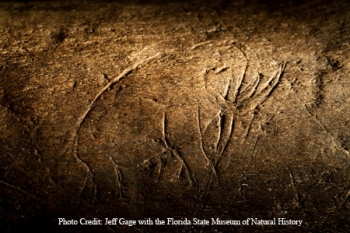
© Jeff Gage/Florida Museum of Natural History
Washington - Some of the earliest Americans turn out to have been artists.
A bone fragment at least 13,000 years old, with the carved image of a mammoth or mastodon, has been discovered in Florida, a new study reports.
While prehistoric art depicting animals with trunks has been found in Europe, this may be the first in the Western Hemisphere, researchers report Wednesday in the
Journal of Archaeological Science.
"It's pretty exciting, we haven't found anything like this in North America," said Dennis J. Stanford, curator of North American Archaeology at the Smithsonian's National Museum of Natural History, who was a co-author of the report.
They hunted these animals, Stanford explained, and "you see people drawing all kinds of pictures that are of relevance and importance to them."
"Much of the real significance of such finds is in the tangible, emotional connection they allow us to feel with people in the deep past," said Dietrich Stout, an anthropologist at Emory University in Atlanta, who was not part of the research team.
The bone fragment, discovered in Vero Beach, Fla., contains an incised image about 3 inches long from head to tail and about 1 3/4 inches from head to foot.
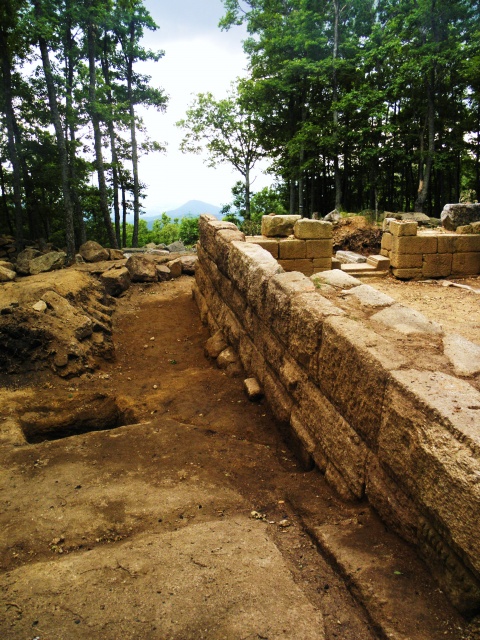
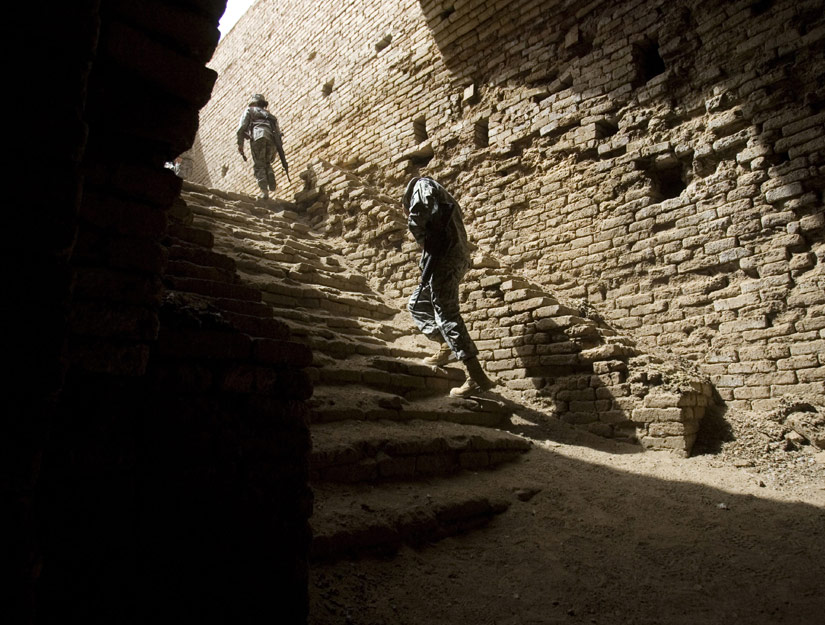
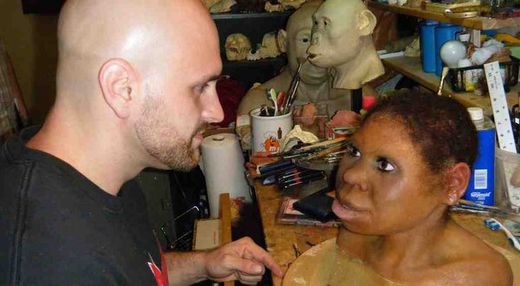
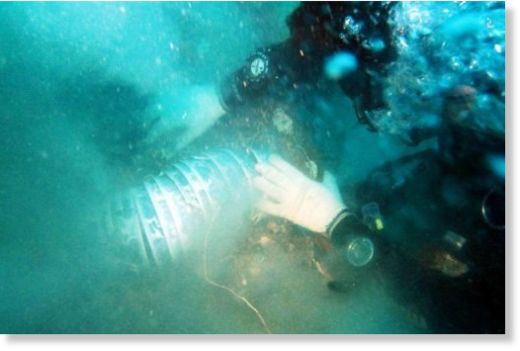
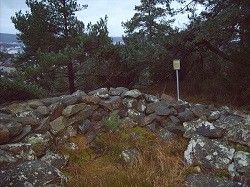
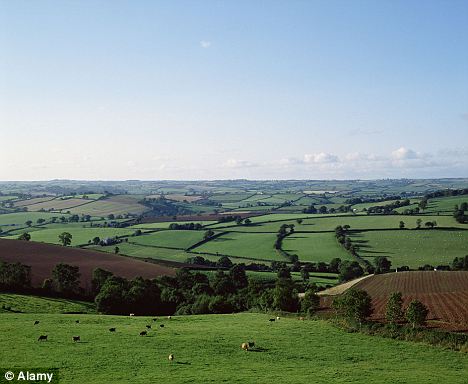
Comment: Intelligent like this individual, for example?
Another thing to consider, in light of this recent article about human beings being *behold the hubris!* "extinction proof" due to the "benefits" of agriculture, is that the advent of agriculture led to humans eating a predominantly carbohydrate-based diet, which in modern times has resulted in the consumption of copious quantities of chemical-laden pseudo-foods based on grains. The result is a population that is so full of toxins that they have literally, physically lost the ability to think.
This fundamental inability to think has, in more recent decades, led to a total 'coup-de-monde' by utterly corrupt individuals and groups who found it rather easy to get the world to believe in lies and illusions.
A global population immersed in illusion and ruled by corrupt leaders, more than anything else, makes the human race eligible for an extinction level event.
In short, if you act like a bunch of dumbed-down idiots, 'creation' tends to do the merciful thing and wipe the slate clean.